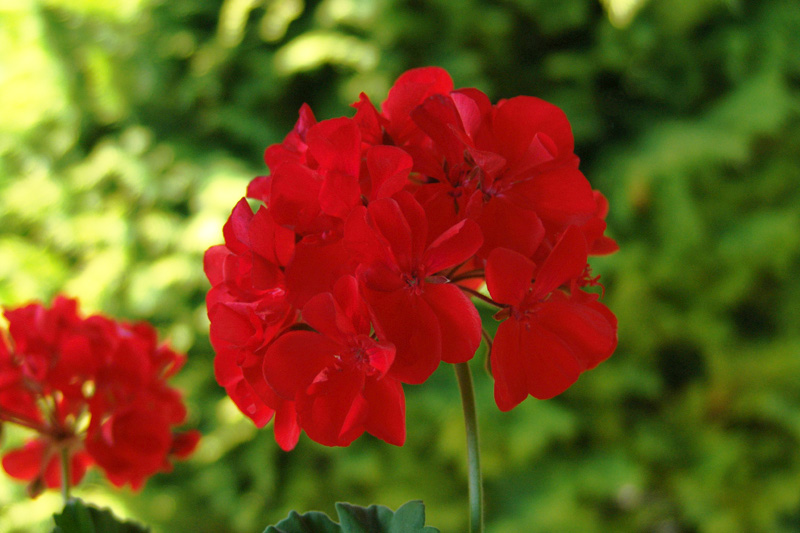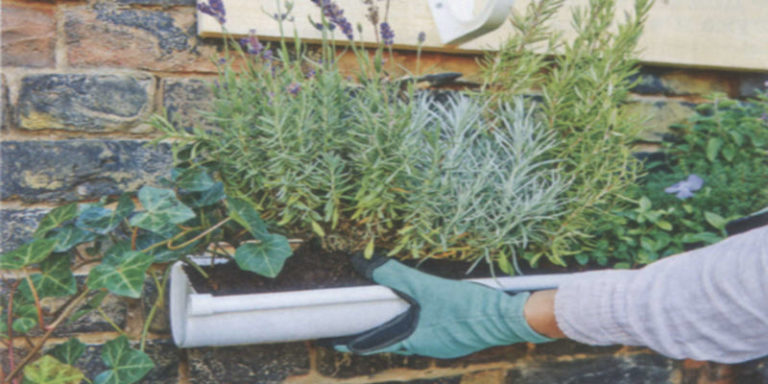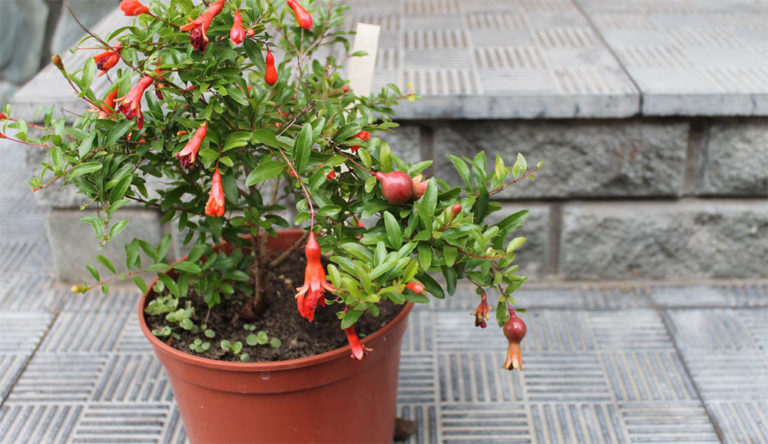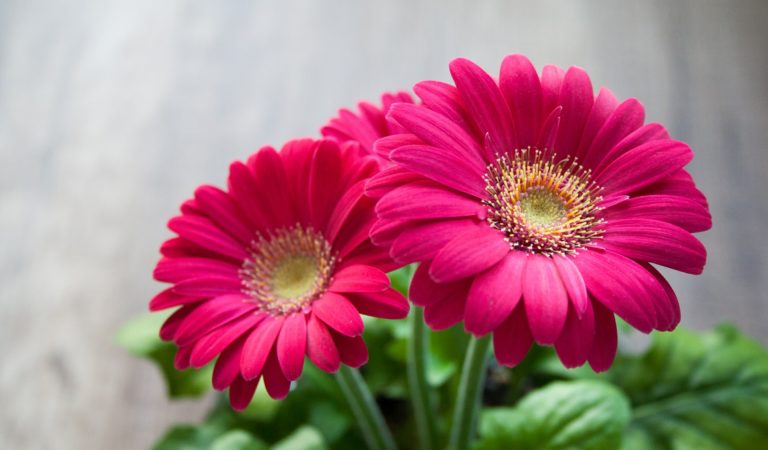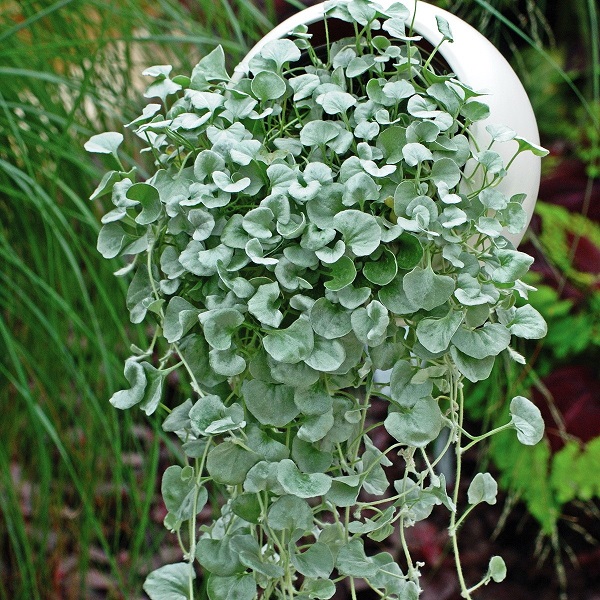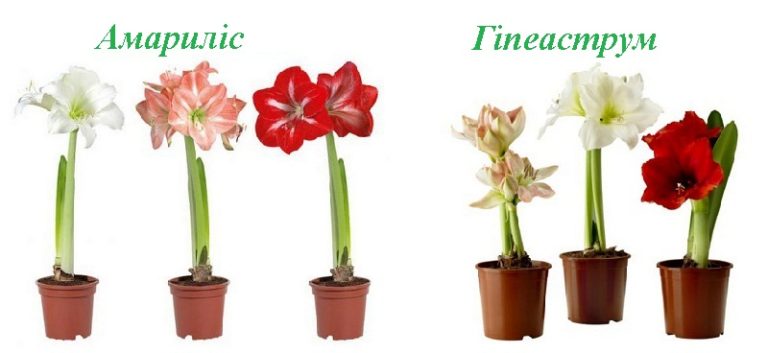Pelargonium (Geranium): care, transplantation, reproduction
Pelargonium is a perennial herbaceous, bushy plant with beautiful flowers of various colors from the geranium family. Pelargonium is also popularly called kalachyk, and in western Ukraine – mushkatelka. A few recommendations for caring for pelargonium.
To date, there are 250 species of pelargoniums. In its natural environment, pelargonium grows in South Africa on mountain slopes and dry, infertile lands.
In Europe, this flower appeared at the end of the seventeenth century. and is grown as a houseplant.
Pelargonium can be easily grown both indoors and in the yard. Beginners should start with this particular flower. Pelargonium feels great and blooms profusely from spring until late autumn in gardens, both in pots and outdoors, in the shade, in sunny, semi-sunny places. As a result of many years of work by breeders, many varieties of indoor geraniums have appeared. There are varieties of different colors, with two-tone, double flowers, two-tone leaves, dwarf species of pelargoniums have also been bred.

Types of pelargoniums
Pelargonium can be divided into bush and ampelous groups. Shrubs are flowering (P.Hortorum, P.Springtime., P.Modesty, P.Electra….) and fragrant (P.Capitatum, P.Graveolens…).
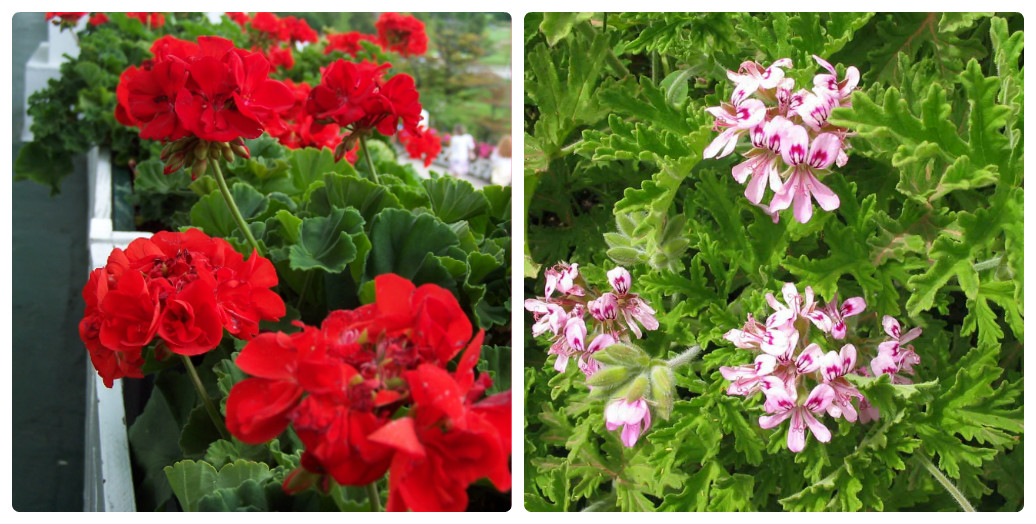
Ampelous pelargoniums can be divided into ordinary and terry.
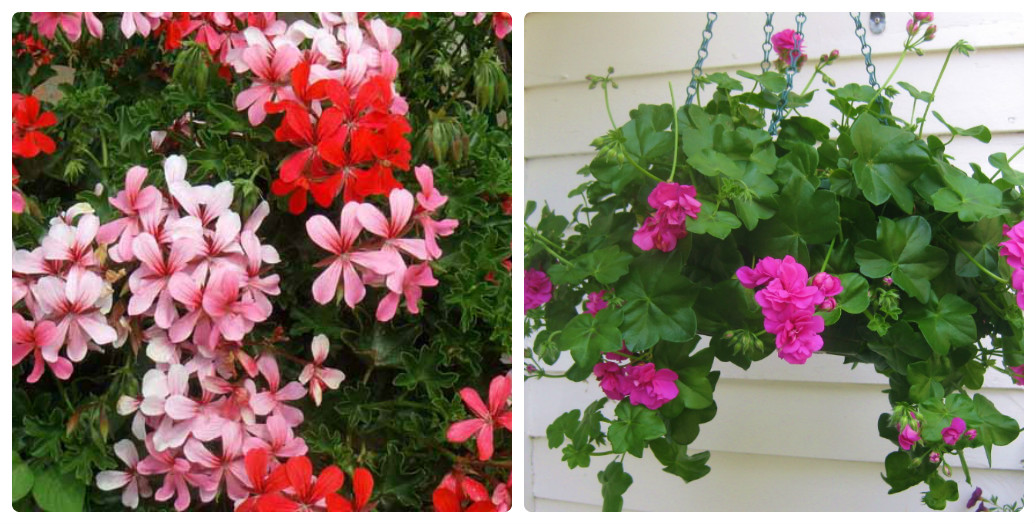
Thanks to the many hybrid species, we can choose a plant according to the color and shape of the flower. With proper care, these beautiful flowers will delight your eye with their abundant long-lasting bloom.
Pelargonium care
Pelargonium is very easy to care for, these flowers feel great and bloom profusely from spring until late autumn in gardens, both in pots and outdoors, in the shade, in sunny, semi-sunny places, on windowsills, terraces…
Air temperature
There is no need to create a special climate for pelargonium. Pelargonium can withstand air temperatures up to +8 (ampelous +12 degrees), which allows us to take it out into the open air much faster in the spring than other flowers. Geranium will begin to bloom at a temperature of +15 C. In summer, it can withstand temperatures of 25 – 30 degrees C (up to 35 C in the open field). In late autumn, pelargonium is dug up and brought into a cool room (+10 C), where it is kept until early spring.
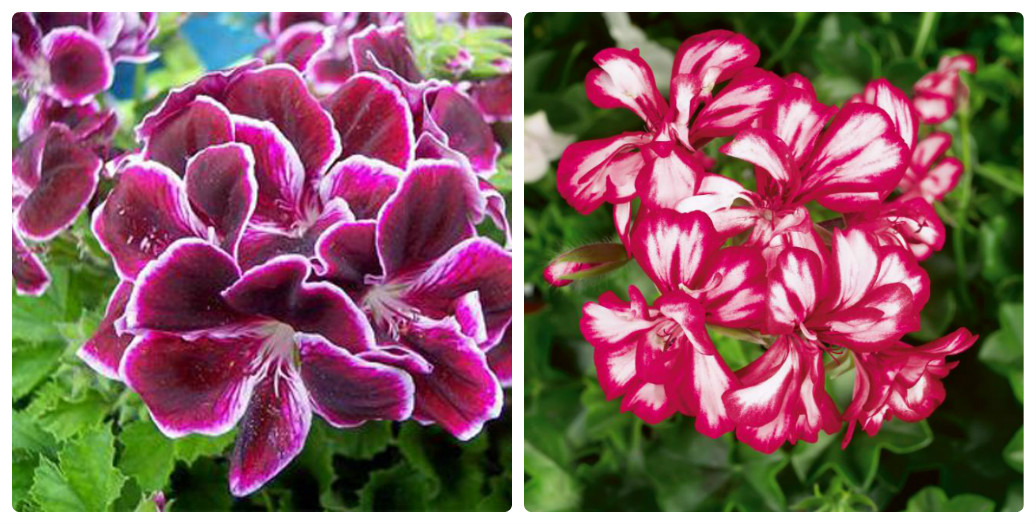
Light brightness
Pelargonium feels good and blooms profusely in the sun, in the shade and semi-sunny places. If the geranium stands on the southern windowsill on hot summer days, it will bloom beautifully, but the lower leaves will begin to dry, it is better to rearrange the plant in a bright place without direct sunlight. Fragrant pelargoniums (P. capitatum, P. Graveolens…) prefer lightly shaded places.
Watering pelargonium and air humidity
Pelargonium should be watered often in summer, on hot days we add 2 times, in the evening and in the morning. In winter, they are poured as the earth dries. Any rainwater is suitable, from the tap… Spraying the leaves does not need. In extreme heat, it is better to rearrange it in the shade.

Pelargonium transplant and soil
For annual flowering, it is necessary to transplant pelargonium every spring. The soil can be bought at flower shops, choose for flowering, or make your own.
Top dressing of pelargoniums
You need to start feeding pelargonium during the budding period and during spring – autumn once every 14 days. Use fertilizers for flowering. For fragrant, fertilizer containing nitrogen is suitable. Nitrogen activates leaf growth and slows down flowering.
Pruning and pinching pelargoniums
To get lush pelargonium bushes, it is worth cutting them, both bush and ampelous, it is better to do this in the spring, or in the fall, before bringing them into the house, leaving from 10-20 cm. heights, cut shoots take root.
To enhance the branching of the stems, you can also pinch young shoots. This can be done at any time of the year if necessary. Pinch off the newly formed tops (1-2 upper leaves).
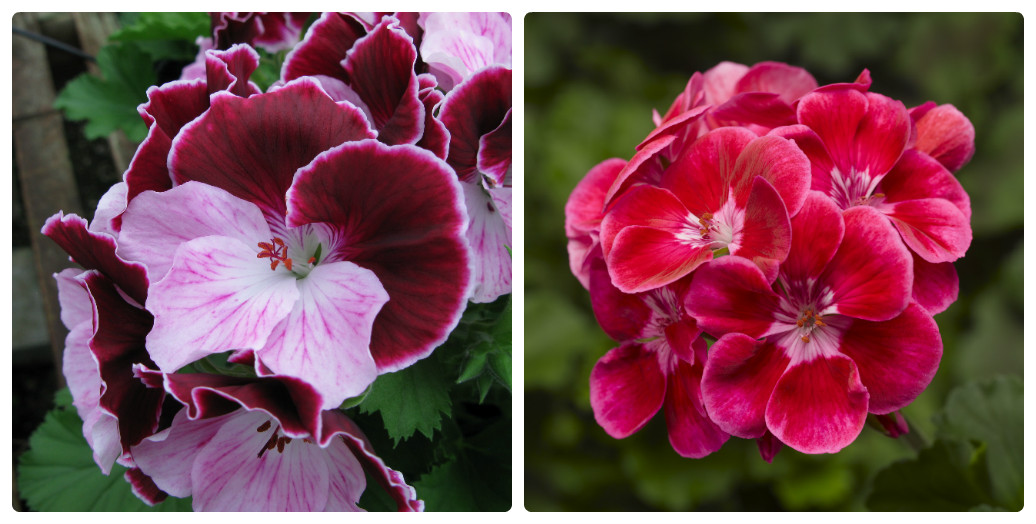
Reproduction of pelargoniums
Pelargonium is diluted by seed and vegetative methods by dividing the bush and cuttings.
Vegetatively, pelargonium can be propagated all year round.
Pests and diseases
In fact, pelargonium has few enemies. These are whiteflies, aphids, cyclamen mites, whiteflies. Before bringing the plant into the house in the fall, it is necessary to use chemicals. drugs and no pests will threaten the plant.
Don’t forget that chem. The drugs are very harmful and toxic to humans, all necessary safety measures must be taken.
Pelargonium very rarely suffers from diseases, namely it is threatened by a black leg.
Errors in the care of pelargoniums
- No flowering: too high air temperature.
- The edges of the leaves turn yellow, dry and fall off : insufficient watering, whitefly infestation.
- All the leaves fell and the stems remained bare: not enough light, whitefly infestation.
- On the leaves there is gray rot, rotting of the stems, watery dots: excessive watering, it is advisable to transplant into lighter soil and put in a sunnier place.

